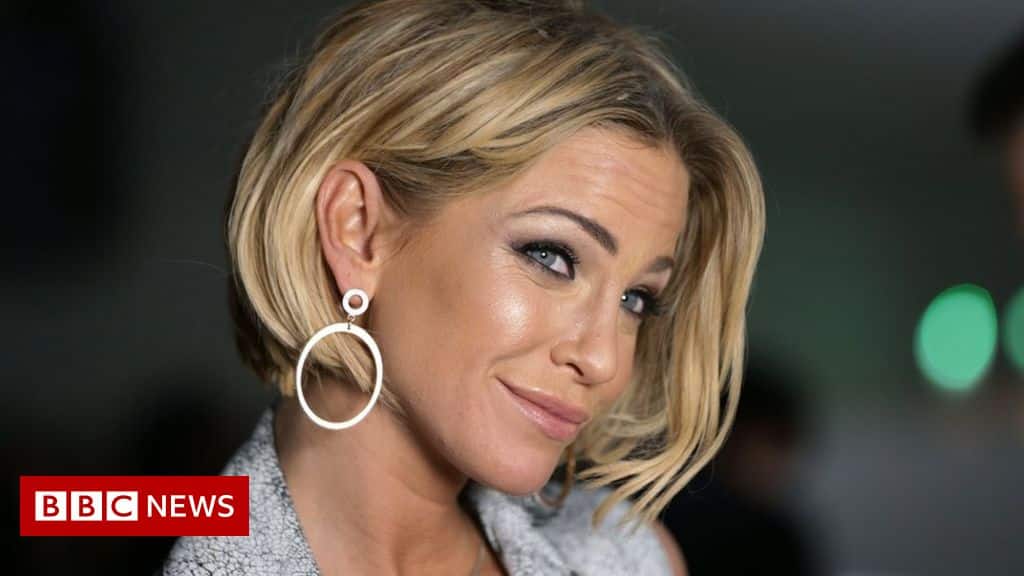The tragic death of former Girls Aloud singer Sarah Harding at just 39 reminds us all that it’s important to be aware of the symptoms of breast cancer, no matter how old we are. If you feel or see any differences in your breasts please do see your GP as soon as possible, they are happy to put your mind at rest and are ready and waiting to see anyone that might be worried. As many as 9 out of 10 lumps are nothing to worry about but it can be frightening and feel easier to just leave it. No one will feel you are wasting their time or taking up a valuable appointment, quite the opposite. GP’s are concerned that fewer women are approaching them with symptoms due to concerns about COVID-19. Ask your GP surgery for a face-to-face appointment if they offer you a telephone appointment and let them know you are concerned about your breasts as it’s important for your GP to do an examination. Early detection is the key to any successful treatment should you need it.
Checking monthly is the key
Every breast is different. Many people will notice that each of their breasts is slightly different, which is totally normal. What you are looking for is something that’s different for you so it’s important to get to know how your breasts normally feel so you can see if anything looks or feels different. You might find that your breasts feel different on different days of your cycle, so some days your breasts may feel more tender so choose the same time each month. Setting a reminder on your phone is a great way to remember.
You can find out how to check your breasts using the This Morning How to Check my Breasts video.
Symptoms
Some people experience no symptoms at all which is why checking your breasts monthly is so important.
NHS England states:
“Breast cancer can have several symptoms, but the first noticeable symptom is usually a lump or area of thickened breast tissue. Most breast lumps are not cancerous, but it’s always best to have them checked by a doctor. You should also see a GP if you notice any of these symptoms:
- a change in the size or shape of one or both breasts
- discharge from either of your nipples, which may be streaked with blood
- a lump or swelling in either of your armpits
- dimpling on the skin of your breasts
- a rash on or around your nipple
- a change in the appearance of your nipple, such as becoming sunken into your breast
Breast pain is not usually a symptom of breast cancer.”




